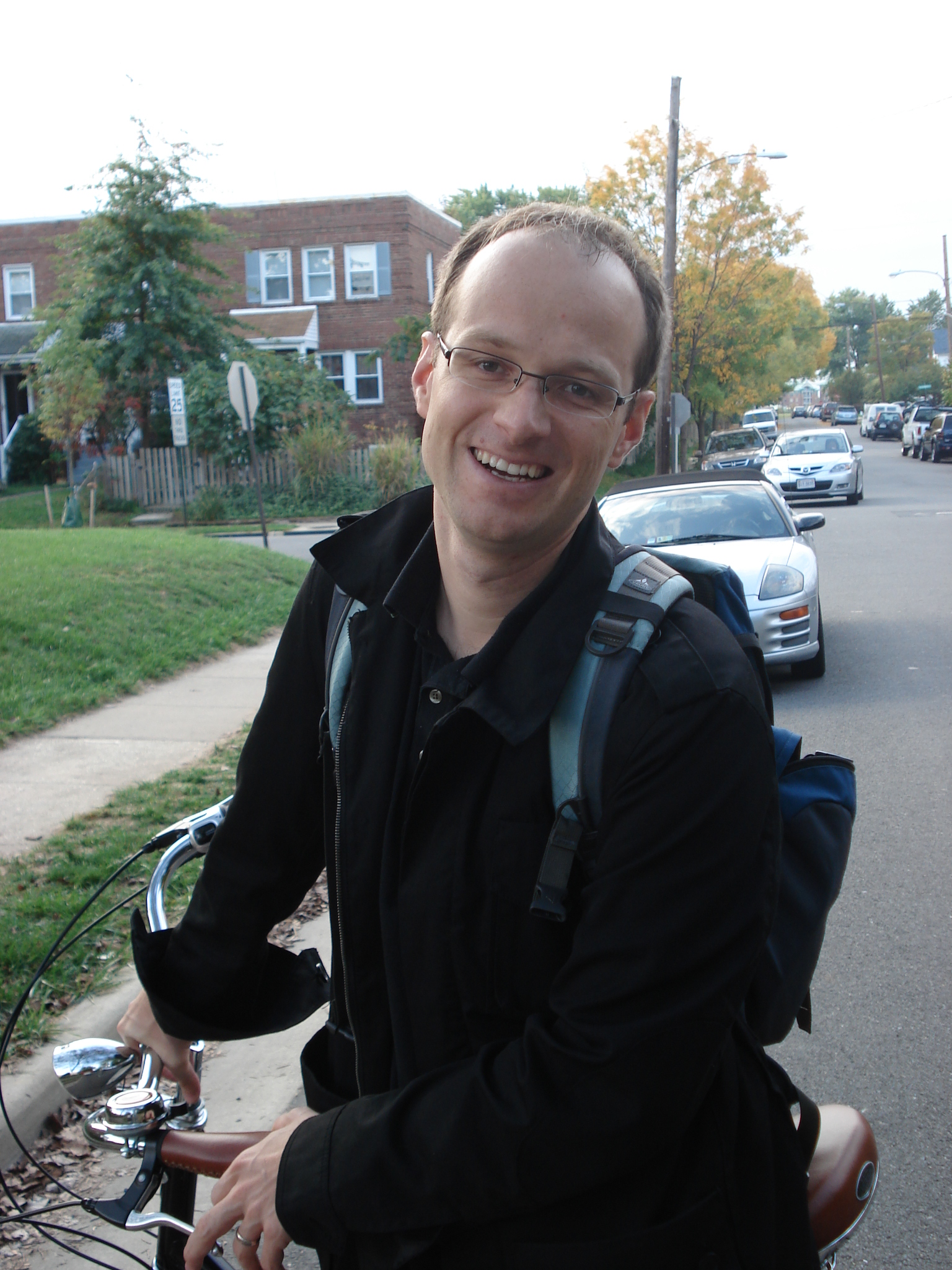Virginia Tech professor collaborates on study that links walking, cycling to better health

A study conducted by Ralph Buehler, assistant professor, urban affairs and planning, Virginia Tech National Capital Region, and three other researchers, contributes to mounting evidence that active travel has significant health benefits.
For example, European countries with high rates of walking and cycling have less obesity than do Australia and countries in North America that are highly car dependent, the study found.
The research also established that the relationship between active travel and health is discernible at all three geographic levels: international, state, and city. According to the study, more than half of the variability in obesity rates among countries is linked to walking and cycling rates. In addition, about 30 percent of the difference in obesity rates among states and cities is linked to walking and cycling rates.
The study, “Walking and Cycling to Health: A Comparative Analysis of City, State, and International Data,” which appears in the October 2010 issue of the American Journal of Public Health, suggests that building more sidewalks, crosswalks, bike paths and lanes will help build a slimmer, healthier community because people who live in areas that are more conducive to walking and cycling are more likely to engage in these forms of active transport.
"Moreover, land-use policies should foster compact, mixed-use developments that generate shorter trip distances that are more suitable for walking and biking," the researchers wrote in their report.
Collaborating with Buehler on the study were John Pucher, professor, Edward J. Bloustein School of Planning and Public Policy, Rutgers University (who served as principal investigator); David Bassett Jr., professor, Department of Kinesiology, Recreation and Sport Studies, University of Tennessee, Knoxville; and Dr. Andrew Dannenberg, associate director for science, Division of Emergency and Environmental Health Services, National Center for Environmental Health, Centers for Disease Control and Prevention.
The four researchers analyzed city- and state-level data from the United States and international data from 15 countries to study the relationship between active travel -- bicycling or walking -- rather than driving and physical activity, obesity, and diabetes.
In comparing all 50 states and 47 of the 50 largest American cities, the researchers found that states with higher rates of walking and cycling had a higher percentage of adults who achieved recommended levels of physical activity, a lower percentage of adults who are obese, and a lower percentage of adults with diabetes. “Thus,” Buehler said, “the study also reinforces the need for U.S. cities to provide safe, convenient, and attractive infrastructures combined with restrictions on car use, such as car-free zones, traffic calming in residential neighborhoods, reductions in motor vehicle speeds, and limited and more expensive car parking.”




